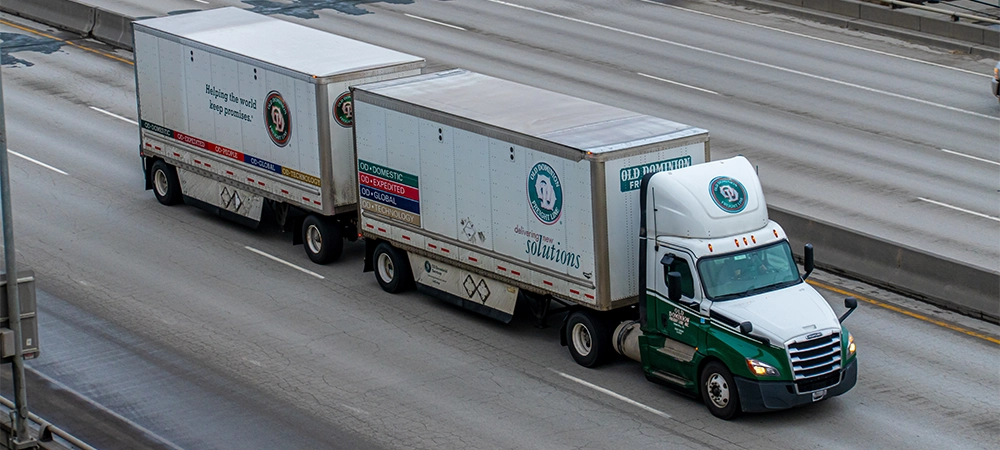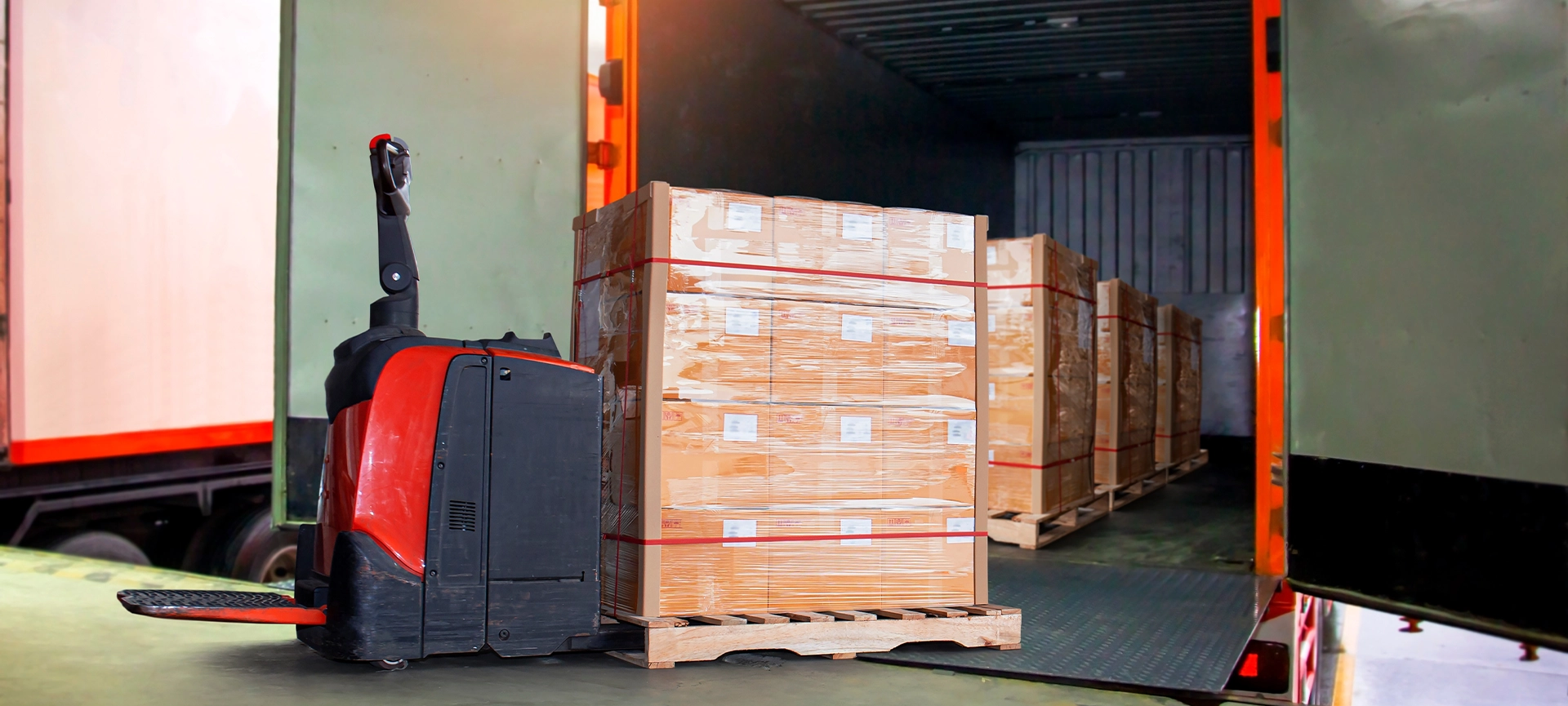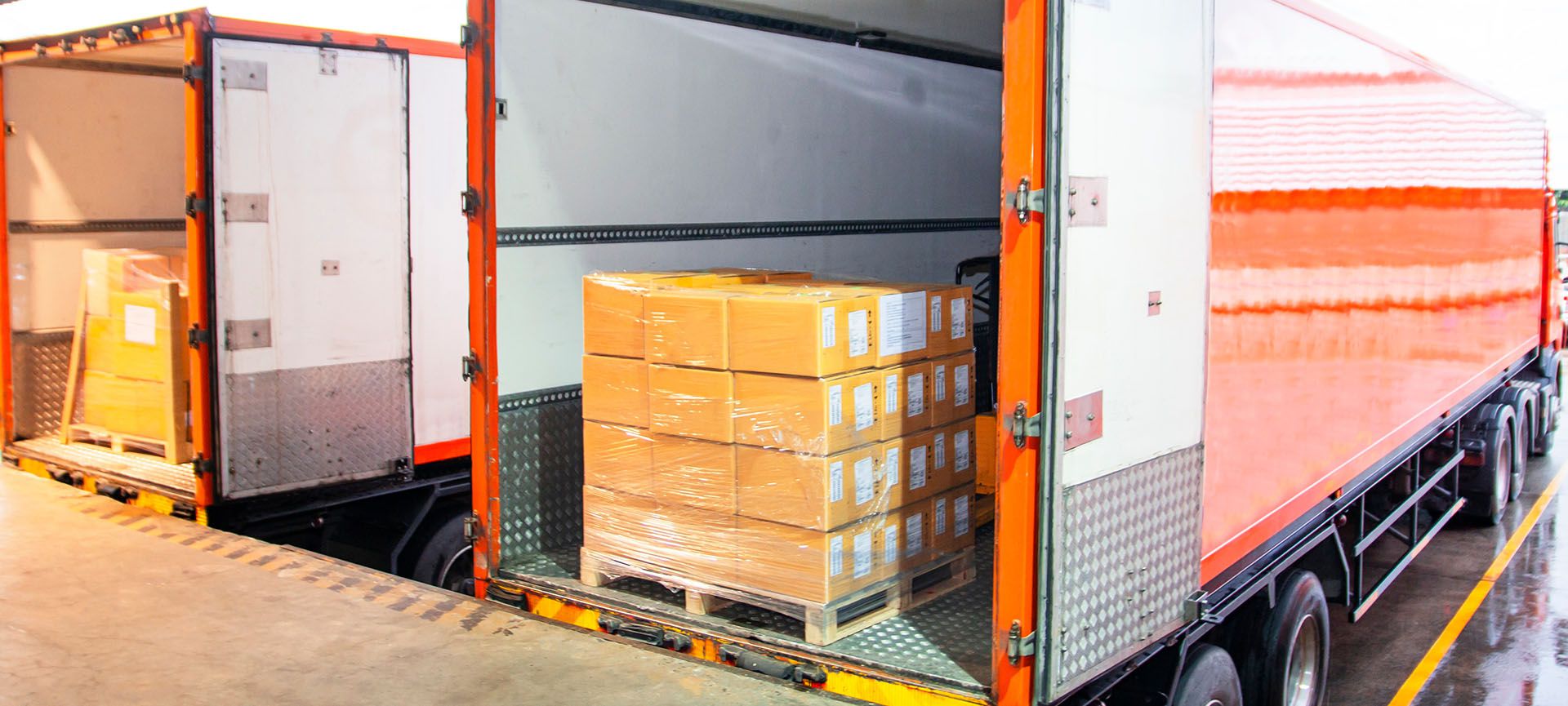In LTL (Less Than Truckload) freight shipping, some delivery locations come with added challenges. Known as limited access points, these sites require extra time, special equipment, or specific procedures for drivers to complete pickups or deliveries. As a result, they often lead to additional fees, scheduling complexity, and logistical planning.
Limited access classifications can be confusing, especially when shipping to places like residential areas, job sites, or facilities without docks. Knowing how these designations work can help avoid unexpected fees, improve scheduling, and ensure your freight arrives without unnecessary delays.
Related Article: Understanding the Different Types of Freight Shipping Services: LTL, FTL, and More
What Does Limited Access Mean in LTL Shipping?
What is considered limited access for LTL shipping depends on how accessible a location is for the carrier.
Limited access in LTL shipping refers to locations that are more difficult or time-consuming for drivers to access compared to standard commercial delivery points. This could be due to:
- Physical barriers (narrow driveways, gated areas)
- Limited hours of operation
- Lack of loading docks or equipment
- Requirement for appointments or driver assistance
These conditions increase the time it takes for a driver to load or unload freight, which is why carriers often apply a limited access surcharge.
Limited access also affects the equipment required. For example, delivering to a site without a dock may require a liftgate. Drivers may also need to carry freight across uneven ground or wait longer to complete documentation. These time-consuming tasks reduce efficiency and increase operational costs, which are passed along to the shipper as additional charges.
Related Article: How Does LTL Freight Work?
Common Limited Access Locations
Here are some types of destinations typically classified as limited access by LTL carriers:
- Construction sites – Often lack defined entry points or paved paths for trucks.
- Farms and agricultural facilities – Rural, uneven terrain and unpredictable schedules.
- Residential homes and apartment complexes – No loading docks and limited truck maneuverability.
- Churches, schools, and universities – Restricted delivery times and security protocols.
- Military bases and government facilities – Require advanced authorization and ID checks.
- Prisons and correctional institutions – Heavily regulated with multiple checkpoints.
- Storage units and self-storage lots – Narrow access paths and little space to turn trucks around.
- Malls and shopping plazas – Complex scheduling, shared loading zones, and heavy pedestrian traffic.
- Carnivals, fairs, and amusement parks – Temporary setups with variable access and hours.
- Medical clinics and rural hospitals – Often operate in tight spaces with time-sensitive delivery windows.
Limited access classification is not always obvious. Even a seemingly commercial property may fall into this category if it lacks infrastructure like a dock or requires special entry procedures.

Why Carriers Charge for Limited Access
Limited access deliveries can slow down a carrier’s route and affect scheduling for other shipments. These locations often:
- Involve longer wait times
- Require driver assistance
- Need special delivery equipment (like liftgates)
- Restrict large truck access or maneuvering
Extra time on site leads to fewer deliveries per day, reducing efficiency. In an industry where timing is everything, these delays matter.
Surcharges help offset:
- Delayed delivery schedules
- Increased fuel use from idling or rerouting
- Wear and tear from navigating tight spots
- Extra driver labour when unloading manually
How to Know if Your Location Qualifies
When scheduling an LTL shipment, it’s important to be clear about the pickup and delivery conditions. Ask yourself:
- Is there a dock or forklift available?
- Will the driver need to unload without help?
- Are there gates, security checks, or narrow entrances?
- Is an appointment or after-hours delivery required?
Other red flags include:
- Dead-end streets
- Alley access only
- Gravel or unpaved driveways
- Locations within gated communities or business parks
If the answer is yes to any of these, it’s best to inform your freight provider up front. RoadLINX helps clients classify and document these details early, avoiding unexpected charges on your invoice.
Related Article: How to Ship LTL Freight
Examples of Real-World Limited Access Situations
To better understand what makes a delivery site have limited access, it helps to look at real-life scenarios. These examples highlight the kinds of conditions that often lead to added charges or special handling requirements.
1. Delivering Construction Supplies to a Downtown Build Site
The truck can’t park for more than 15 minutes and must double park near traffic. A liftgate is required to unload directly to the sidewalk. This adds time and risk.
Related Article: What Is a Liftgate Delivery Service? How It Works
2. Medical Equipment Shipment to a Rural Clinic
The clinic has no dock and limited staff. The driver must unload using a pallet jack and deliver to a back entrance that’s accessed by a gravel road.
3. Residential Home Delivery of Gym Equipment
The truck must navigate a narrow cul-de-sac, and the homeowner requests inside delivery. These factors make it a clear limited access scenario.
How RoadLINX Helps You Plan Ahead
At RoadLINX, we specialize in optimizing LTL freight for businesses of all sizes. Here’s how we support clients with limited access deliveries:
- Accurate quoting: We include all location-specific fees in your initial estimate.
- Smart route planning: We help you choose the best time and method for delivery.
- Liftgate and driver assist options: Available on demand for sites without loading equipment.
- Communication with consignees: We coordinate directly with the receiving party to reduce delays.
- Documentation support: We help ensure your bill of lading includes key information upfront.
Whether you’re shipping to a farm, school, or new construction site, we make sure your LTL shipment arrives safely and smoothly.

Tips to Avoid Delays or Charges with Limited Access Deliveries
Limited access shipments don’t have to be difficult. A few simple steps taken during the planning phase can help prevent billing surprises, missed deliveries, or scheduling conflicts. These tips will help keep your LTL freight on track and on budget.
- Be transparent: Provide detailed site descriptions when booking.
- Include photos if needed: A quick image of the delivery area can help assess truck access.
- Plan ahead: Book well in advance to accommodate appointment windows.
- Confirm hours of operation: Double-check when the location accepts deliveries.
- Request liftgate service early: Adding it last-minute may cause scheduling issues.
Limited Access, Unlimited Support
Understanding what qualifies as limited access in LTL shipping is key to budgeting correctly and avoiding delivery complications. Being honest about your destination’s conditions upfront helps everyone, from you to your freight partner to the driver.
With RoadLINX, you get proactive support, clear communication, and the right solutions for even the most challenging delivery points.
Need help planning a delivery to a limited-access site? Contact RoadLINX today. Let our freight experts guide your next LTL shipment from quote to drop-off.



